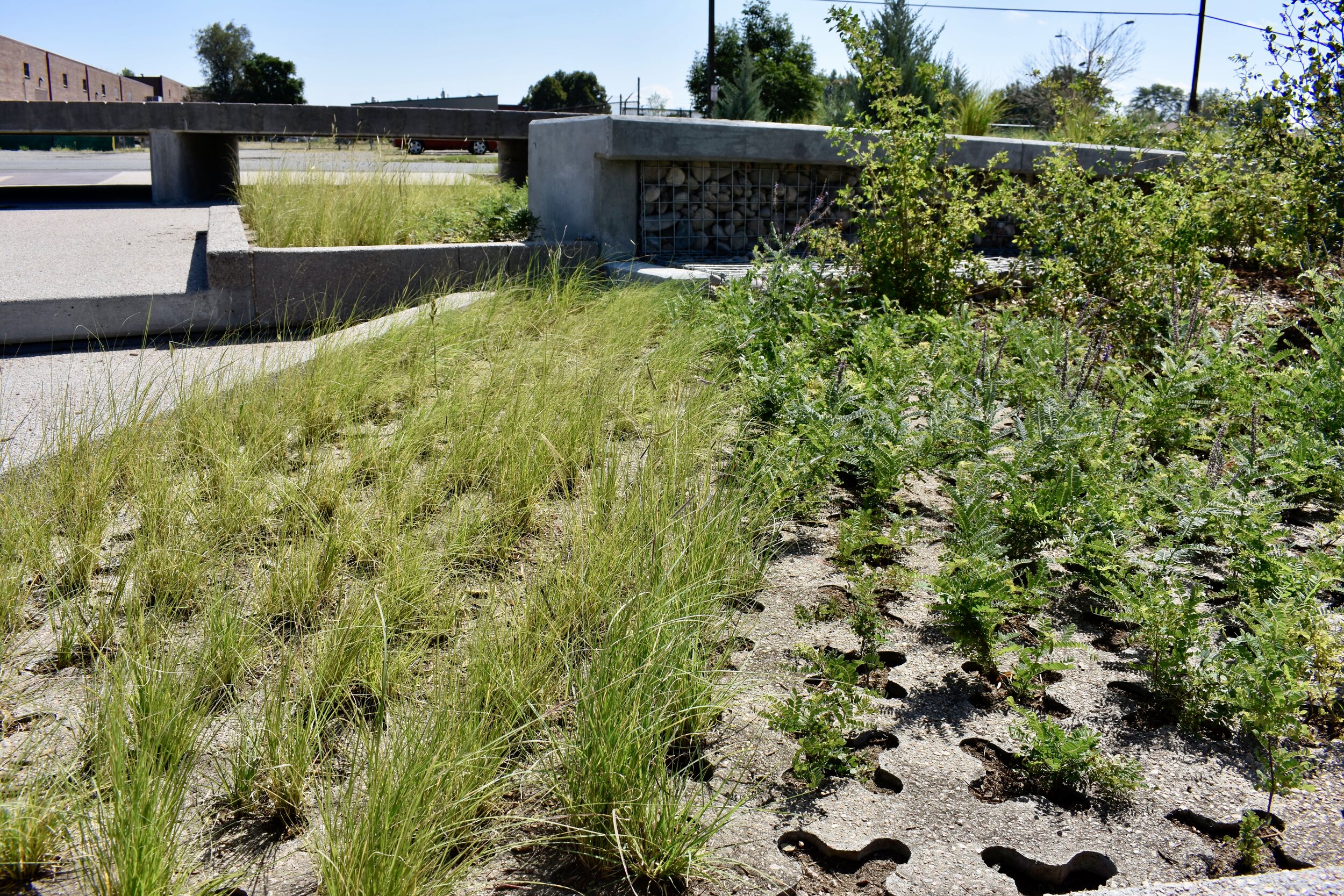Sustainable Oasis: Transformative Green Building Landscaping In the realm of modern architecture, the integration of green building landscaping has become...
Green infrastructure
Sustainable Paving: Exploring Grasscrete Landscaping Solutions Grasscrete landscaping solutions offer a unique blend of functionality and environmental sustainability. In this...






